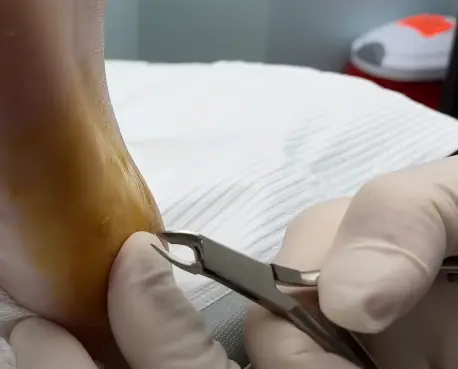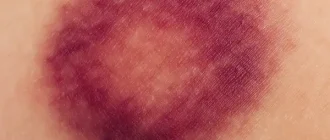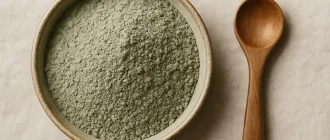Warts are a common form of skin growth caused by the human papillomavirus (HPV). They can appear on any part of the body and usually have a rough, raised texture.
The duration of warts can vary, lasting from a few months to a couple of years, contingent upon factors like the person’s immune system and the specific type of wart.
There are various kinds of warts, which include common warts, plantar warts, and genital warts. Common warts typically occur on the hands and fingers, while plantar warts are found on the soles of the feet. Genital warts, as their name implies, are located in the genital region.
As warts develop, they may change in appearance. They can become darker, larger or smaller, or even start to itch or bleed. When a wart is ready to fall off, it may become a bit loose and start to darken or turn black. It is essential not to pick or scratch at the wart as this can cause infection and scarring.
How to know if a wart is about to fall off
When it comes to warts, one of the questions that often pops up is how to know if a wart is about to fall off. While it may vary from person to person, there are some common signs to look out for.
Firstly, you may notice that the color of the wart starts to change. It could become darker or even black. This could indicate that the blood supply to the wart is decreasing, which is a good sign that it’s on its way out.
Another indication is the shrinking of the wart. As it begins to heal, the wart may start to diminish in size, indicating that it’s detaching from the skin.
Furthermore, you might experience some itching or discomfort around the wart. This could be a sign that the wart is becoming loose and ready to fall off.
Lastly, you may notice the appearance of a scab or a dry crust on the surface of the wart. This is a clear indication that the wart is in the final stage of healing, and it will likely fall off soon.
Should I Help a Wart Fall Off?
When it comes to warts, you might be wondering if you should take matters into your own hands and help the wart fall off. The answer is no, you should not try to force a wart to fall off.
Warts are caused by the human papillomavirus (HPV), and they typically go away on their own over time. Trying to remove a wart by yourself can lead to further infection or scarring.
Instead, it’s best to let the body’s immune system naturally fight off the virus and remove the wart. There are various treatments available, such as over-the-counter medications or medical procedures, that can help encourage the wart to disappear faster.
Can you get rid of a wart yourself?
Getting rid of a wart on your own is definitely possible in certain cases. If you have a small, common wart that is not causing any pain or discomfort, you may be able to treat it at home. There are various over-the-counter treatments available, such as salicylic acid or freezing kits, that can help remove the wart.
Before attempting self-treatment, it’s important to consult with a healthcare professional to ensure that the growth is indeed a wart and not another type of skin lesion. They can also provide guidance on the best course of action based on your specific situation.
If you decide to try treating the wart yourself, make sure to carefully follow the instructions provided with the product you choose. Keep in mind that it may take multiple treatments over a period of weeks or even months to completely eliminate the wart.
However, if the wart is large, causing pain or bleeding, or located on sensitive areas such as the face or genitals, it is always recommended to seek medical attention. A healthcare professional can provide more effective and safe treatment options to avoid any potential complications.
Can you play with a wart that is about to fall off?
Playing with a wart that is about to fall off is not recommended. When a wart is about to fall off, it means that it is in the final stages of healing. Playing with it can disrupt the healing process and even cause bleeding or infection.
It is important to let the wart fall off naturally. When a wart is ready to come off, it will usually become loose, and you may notice a change in its appearance. The area around the wart may start to turn white or gray and become softer.
At this stage, it is best to leave the wart alone and avoid any unnecessary contact. If you try to play with it or pick at it, you may prolong the healing process and even cause scarring.
Instead, concentrate on upholding proper cleanliness, ensuring the area is free from dirt and moisture, and refrain from engaging in any activities that could lead to rubbing or discomfort on the wart. If you have any worries or inquiries regarding a wart that is nearing its detachment, it is advisable to seek advice from a healthcare expert.
About the Author
Reyus Mammadli is the author of this health blog since 2008. With a background in medical and biotechnical devices, he has over 15 years of experience working with medical literature and expert guidelines from WHO, CDC, Mayo Clinic, and others. His goal is to present clear, accurate health information for everyday readers — not as a substitute for medical advice.







